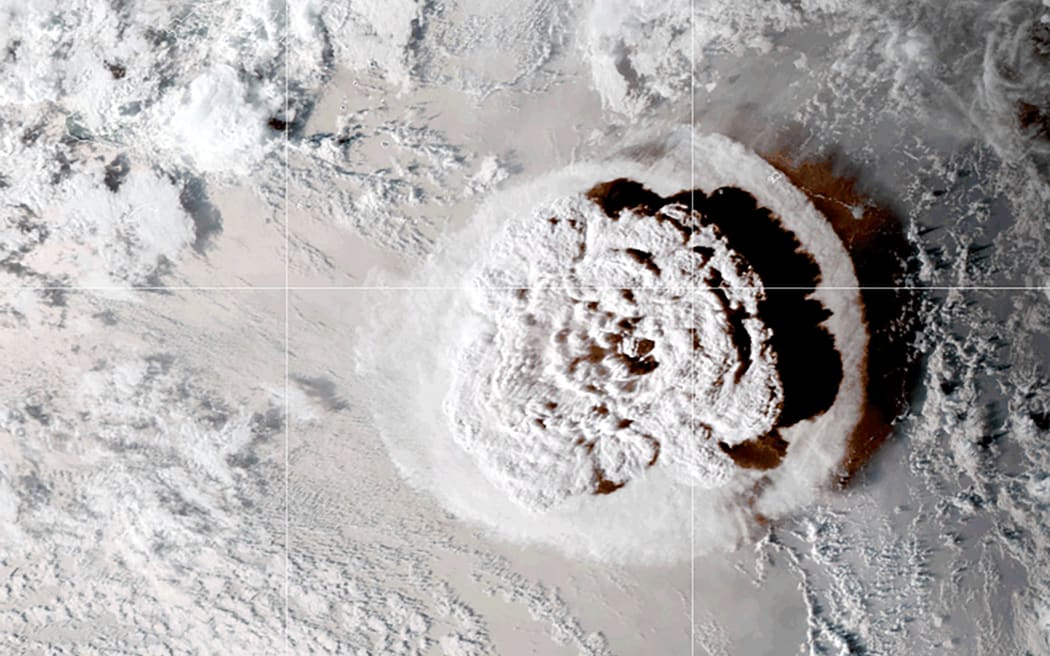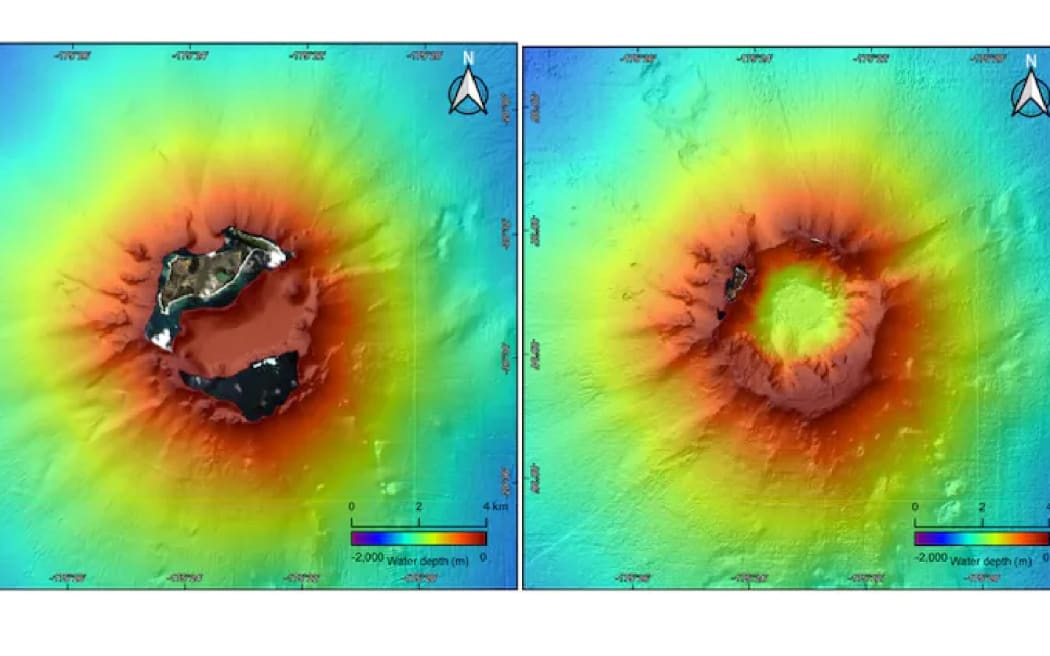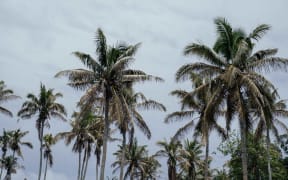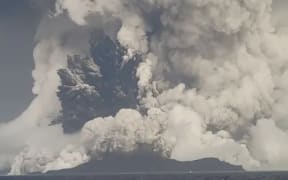
A grab taken from the NOAA GOES-West satellite on January 15, 2022 and obtained via NASA shows the eruption of the Hunga-Tonga-Hunga-Haa'pai volcano in Tonga that provoked a tsunami. Photo: AFP PHOTO / NASA / NOAA
The Hunga Tonga-Hunga Ha'apai volcanic eruption in Tonga continues to generate research, two years after its violent outburst.
A newly published study in the international offers an alternative mechanism that triggered the 15 January 2022 eruption, proposing the powerful eruption was caused by a gas-driven climatic explosion rather than a phreatomagmatic one - where magma and water react violently through the water column.
The paper, led by the Australian National University in collaboration with NZ's GNS Science, presents a new evidence-based model that describes how the formation of a gas seal led to the amassing and release of enough explosive energy within minutes to form a 58 km high ash plume, a crater deeper than the Burj Khalifa Tower (Dubai) is high and atmospheric shock waves that promulgated the entire planet.
One of the authors, GNS Science Principal Scientist, Cornel de Ronde told Pacific Waves an unmanned vessel survey of the volcano was taken after the eruption.
"And what we noticed was this beautiful cone shape of the crater and there was no evidence of the collapse of the sides of the volcano, there was no evidence of a collapse in the centre of the volcano but rather it looked like a complete explosion of material having been erupted out of the centre of the volcano," he said.

The Hunga Tonga-Hunga Ha'apai crater and caldera before and after the eruption. Photo: Sung-Hyun Park/Korea Polar Research Institute, CC BY-SA
To further investigate the evidence supporting the study and other potential warning signs of an upcoming eruption, GNS Science will lead an international marine voyage from 14 May to 12 June to the volcano to collect geological, geophysical and water column data inside the crater and over the flanks of the submerged eruption vent
De Ronde said research aims to understand why, and how these volcanoes erupt so violently compared to other eruptions around the world.
"If we do have a better understanding of that perhaps we can make the local Tongan community and any community around the circum-Pacific region more resilient to these possible types of eruptions or at least they are aware of them, and that could help them in terms of how they prepare for emergency situations."
Tsunami waves generated by the eruption killed three people and resulted in damage to thousands of homes and infrastructure in the kingdom.



